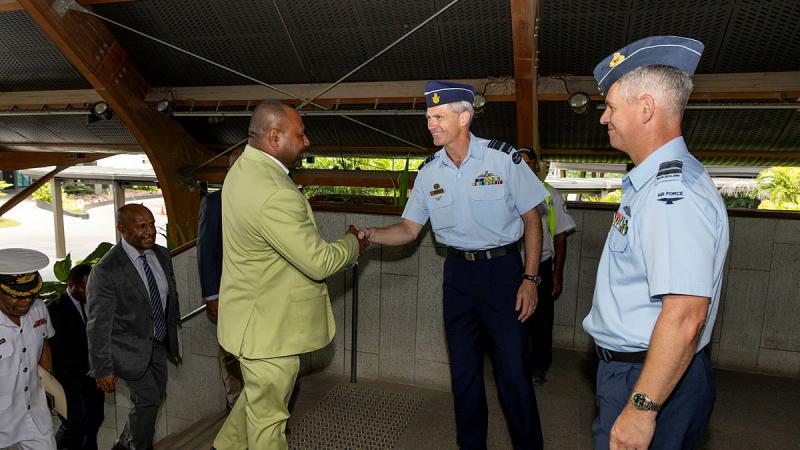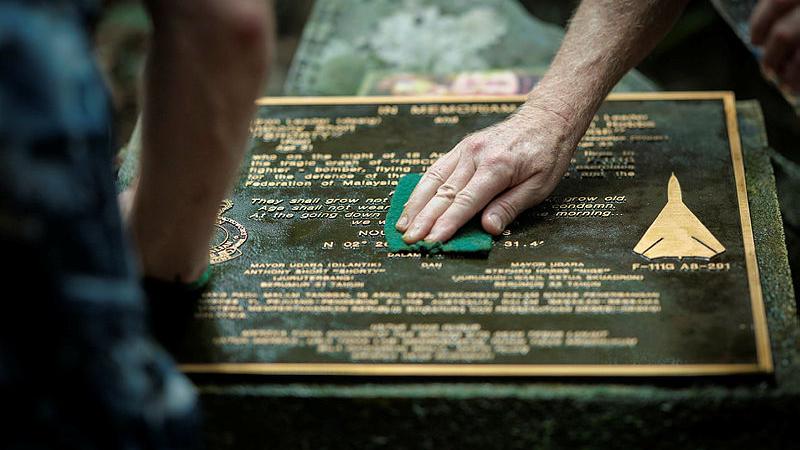The successful use of a beacon leading to a rescue in the Tararua Ranges has prompted NZ Police and the NZ Mountain Safety Council to urge people heading into the area to be prepared.
A rescue beacon was activated shortly before 7pm yesterday (23 November) near Mt Neil after a hiker had become lost on a multi-day solo hike.
Poor weather on Thursday night meant the search resumed at first light on Friday, the hiker was located and rescued uninjured, with the assistance of an Air Force helicopter.
The hiker had a sleeping bag and some survival equipment with them, which was crucial in getting them through the night.
This rescue comes only one week after a couple had to be rescued after bad weather forced them off the track.
The Tararua Ranges are known for extreme weather conditions. Strong wind and low cloud are frequent factors, which often results in poor visibility and makes the challenging terrain even more difficult to safely navigate, Mountain Safety Council Chief Executive Mike Daisley says.
“This means that choosing the right track for you and your group, checking and understanding the weather forecast, packing warm and waterproof clothing layers, are all important steps of planning.
“The challenge of the rugged Tararua Ranges can make it a hazardous place, that’s why during trip planning, consideration of alternate routes is essential as well as having a backup plan and being prepared to stay longer at safe points such as huts.”
Wellington Search and Rescue Squad member Pete Cadle says the most important pre-trip tasks are telling someone your plans before you go, and packing an emergency communications device such as a distress beacon, also known as a PLB.
“Beacons can be a lifesaver. When one is activated, it alerts New Zealand’s Rescue Coordination Centre, and if someone is in need of assistance, they will send help their way. A PLB is often the fastest way to send a call for help when you need it.
“Let someone you trust, like family or friends, know where you are going, and when you expect to be back. You should always take extra gear, so you are prepared for the unexpected, even on a day trip. While the weather may appear fine, it can very quickly turn.
“While New Zealand’s mobile phone coverage network is good in urban areas, it’s unlikely you’ll have reliable coverage in back-country. Make sure you learn how to use it before you leave, and register your information to help rescue services.”
Distress beacons can be hired for as little as $10 from many Department of Conservation Visitor Centres and outdoor tramping and hunting stores.
Using MSC’s Plan My Walk trip planning tool can support all aspects of planning a day walk or overnight hike in Aotearoa, including into the Tararua Ranges. Using Plan My Walk can help trampers find the right track for their abilities, check for any track alerts issued by DOC, MetService weather warnings, and a suggested gear list which can be sent to group members and emergency contacts.
If you are thinking about a day walk or overnight hike, look at the NZ Land Safety Code while planning your trip.
Here are five simple rules to keep yourself safe:
1. Choose the right trip for you – learn about the route and make sure you have the skills for it.
2. Understand the weather – it can change fast. Check the forecast and change your plans if needed
3. Pack warm clothes and extra food – prepare for bad weather and an unexpected night out.
4. Share your plans and take ways to get help – telling a trusted person your trip details and taking a distress beacon can save your life. If you have purchased a beacon, make sure you register it at beacons.org.nz.
5. Take care of yourself and each other – eat, drink and rest, stick with your group and make decisions together.








